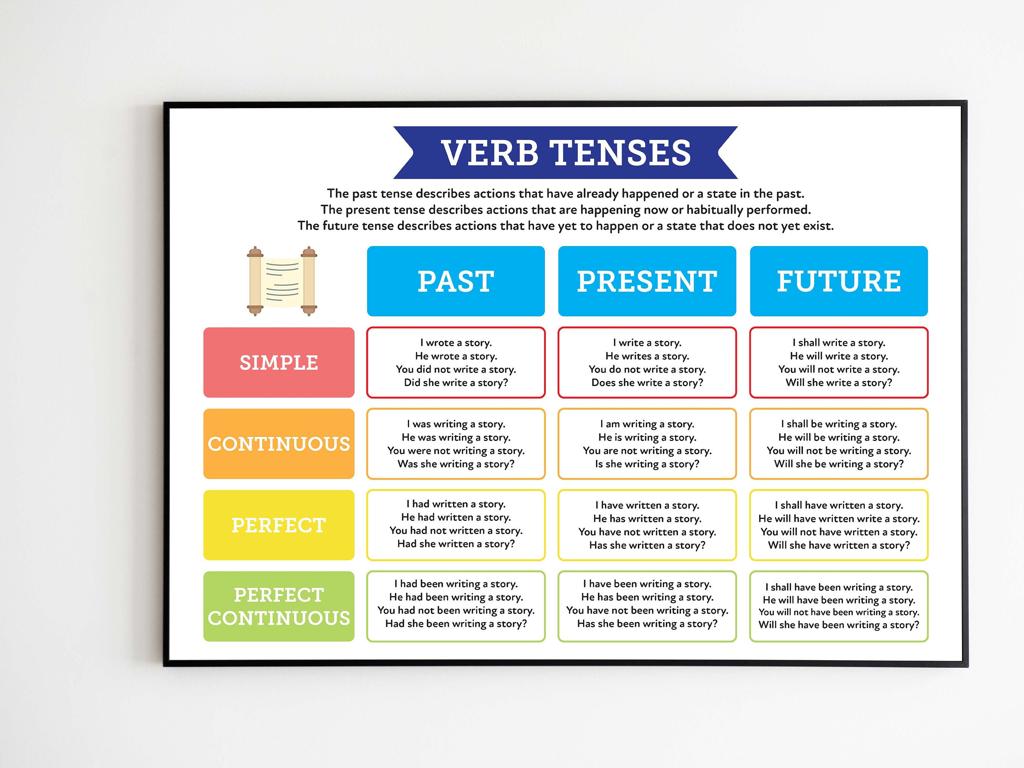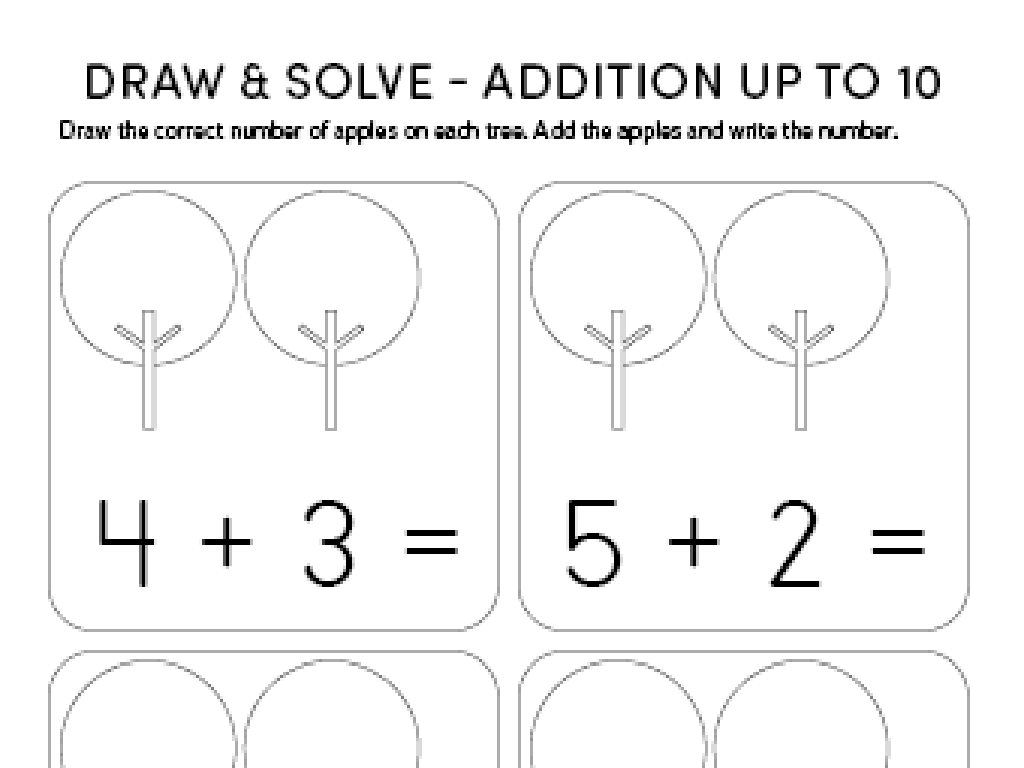Where Do Giraffes And Beavers Live?
Subject: Science
Grade: First grade
Topic: Animals
Please LOG IN to download the presentation. Access is available to registered users only.
View More Content
Exploring Animal Habitats
– Discovering animal homes
– Share your favorite animal
– Maybe it’s a giraffe or a beaver?
– Learn where giraffes live
– Giraffes live in the savanna with tall trees
– Learn where beavers live
– Beavers build lodges in rivers or ponds
|
This slide is designed to spark curiosity about animals and their habitats among first-grade students. Begin the lesson by discussing the concept of ‘home’ and how everyone, including animals, has a special place to live. Encourage the children to share their favorite animals and use this as a segue to introduce the habitats of giraffes and beavers. Explain that giraffes live in the savanna, an environment with tall trees that they can eat from. Beavers, on the other hand, are amazing builders that create their homes, called lodges, in rivers or ponds. Use this opportunity to show pictures or videos of these habitats if possible. The goal is to make the connection between animals and their natural homes clear and memorable.
Meet the Giraffe: Our Tall Friends
– Giraffes are Earth’s tallest mammals
– Imagine being as tall as a house!
– They have long necks, legs, and spots
– Their long bodies help them reach food
– Home is the savanna with lots of leaves
– The savanna is a grassy plain in Africa
– Giraffes eat leaves from tall trees
– They love eating from acacia trees
|
This slide introduces first graders to giraffes, highlighting their unique physical characteristics and natural habitat. Emphasize the giraffe’s height and how it helps them survive by reaching leaves on tall trees that other animals can’t. Explain that the savanna, their home, is a large, open landscape in Africa where many other animals live too. Use pictures or videos of giraffes in the savanna to make the learning experience more engaging. Encourage the children to think about how the giraffe’s long neck is an advantage, and ask them to imagine what it would be like to have a neck that long.
Homes of Animals: The Giraffe’s Savanna
– The savanna: A grassy plain
– Wide open spaces with few trees
– Located in Africa
– A large part of this continent is covered by savanna
– Home to many animals
– It’s a habitat for creatures like elephants, zebras, and lions
– Giraffes eat from tall trees
– Giraffes have long necks to reach leaves high up
|
This slide introduces students to the concept of animal habitats, focusing on the giraffe and its home, the savanna. The savanna is a vast grassland with sparse trees, primarily found in Africa. It supports a diverse ecosystem, including many animals that first graders might be familiar with from books or zoos. Giraffes are well-adapted to this environment with their long necks, which allow them to reach the leaves of tall trees that other animals can’t. Encourage students to think about how the giraffe’s long neck helps it survive in the savanna and to consider other animals that live in the same habitat.
Meet the Beaver: Amazing Builders
– Beavers have strong teeth
– Their teeth help them cut trees for building
– Flat tails help them swim
– Their tails act like rudders in water
– Expert swimmers and builders
– They construct lodges and dams in water
– Homes near rivers and streams
– They choose places with plenty of trees and water
|
This slide introduces first graders to beavers, focusing on their unique physical characteristics and habitats. Emphasize how their strong teeth are not just for eating but also for cutting down trees to build their homes. Their flat tails are not only distinctive but also serve an important purpose in swimming. Highlight their skills in building lodges and dams, which are essential for their survival. Explain that beavers live near rivers and streams because they need water for their habitats and trees for building materials. Use simple language and encourage students to think about how the beaver’s body is perfectly designed for its lifestyle.
Beaver’s Home: The Lodge
– Beavers build lodges as homes
– Lodges are made with sticks, twigs, and mud.
– Lodges have underwater doors
– The underwater entrance keeps them safe from predators.
– Beavers create dams for ponds
– Dams help beavers make a pond for their home.
– Lodges are made of sticks and mud
– This mix makes the lodge strong and cozy.
|
This slide introduces students to the concept of how beavers build their homes, known as lodges. Emphasize the materials beavers use (sticks and mud) and the structure’s purpose (safety and creating a habitat). Explain that the underwater entrance is a clever adaptation for avoiding predators. Discuss how beavers are ecosystem engineers, altering their environment by building dams to create ponds, which are ideal for their lodges. Encourage students to think about why beavers might need such a home and how it helps them survive. You can also show pictures or videos of beavers and their lodges to make the lesson more engaging.
Animal Habitats: Giraffes and Beavers
– What is a habitat?
– A home for animals with food, water, shelter
– Giraffes live in savannas
– Savannas are grassy with few trees, perfect for giraffes
– Beavers live near rivers
– Rivers provide water and trees for beavers to build dams
– Importance of habitats
|
This slide introduces the concept of habitats to first-grade students, focusing on where giraffes and beavers live. A habitat is like a home for animals where they can find everything they need to survive, including food, water, and shelter. Giraffes are found in savanna habitats, which are open grasslands with scattered trees, suitable for their tall stature and diet. Beavers are often found in river habitats where they have access to plenty of water and trees, which they use to construct their dams and lodges. Emphasize the importance of each habitat in providing the right conditions for these animals to live and thrive. Encourage students to think about their own homes and what they need to be happy and healthy, drawing parallels to animal habitats.
Class Activity: Create Your Habitat
– Choose: savanna or river
– Gather craft materials
– Build a giraffe or beaver habitat
– Use paper, cotton, sticks, and more to make a home for giraffes or beavers
– Share your habitat with the class
– Tell us about your habitat and what makes it perfect for your animal
|
This activity is designed to help students understand animal habitats by creating their own. Provide a variety of craft materials such as construction paper, cotton balls, popsicle sticks, and glue. Divide the class into two groups: one will create a savanna habitat for giraffes, and the other will create a river habitat for beavers. Encourage creativity and ensure they understand the key elements of each habitat. For the savanna, they might include trees and tall grasses; for the river, they might include water features and logs. Once completed, have each student present their habitat to the class, explaining the features they included and why they are important for their chosen animal. This will reinforce their understanding of how animals adapt to their environments.






